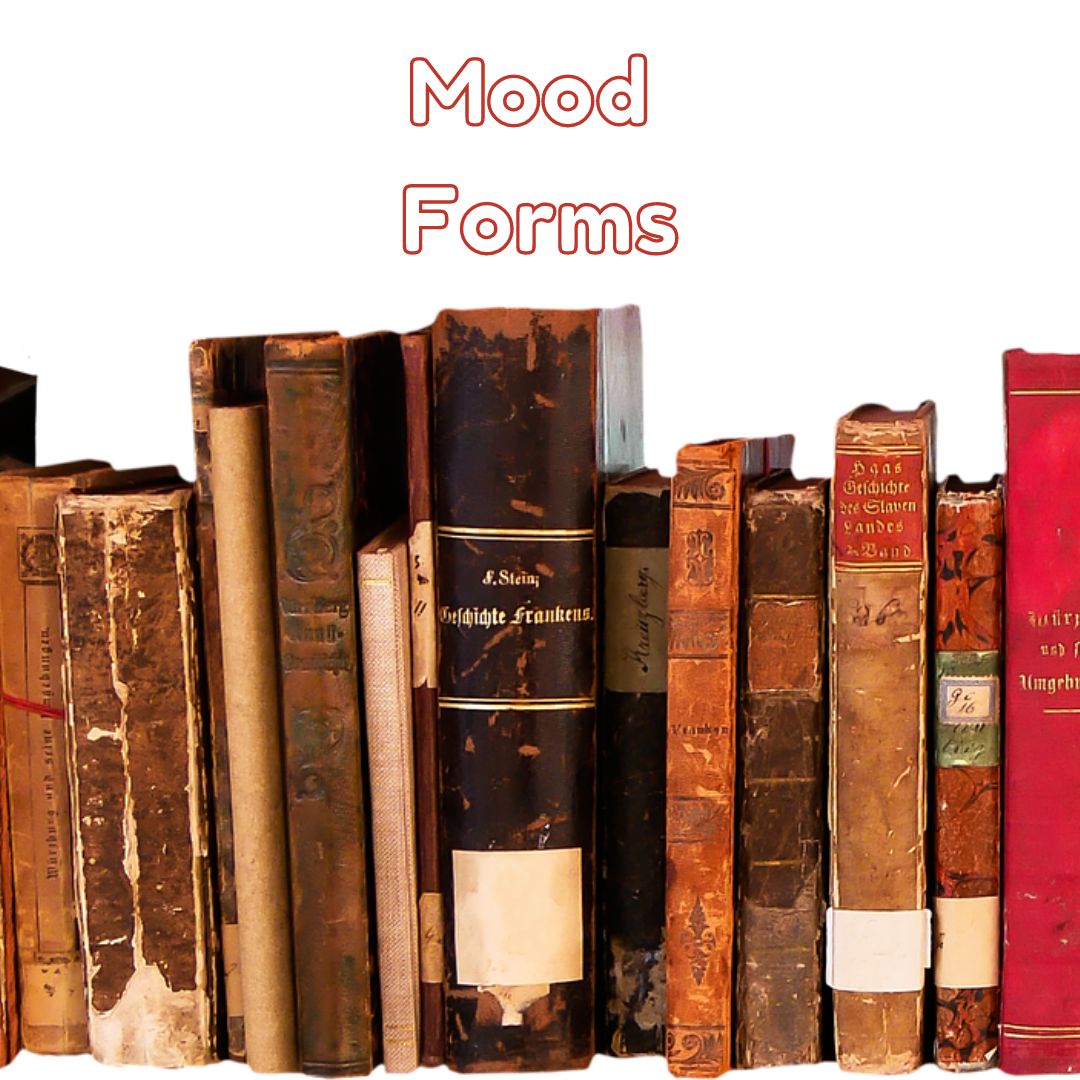What is the Mood of a Verb?

The mood of the verbs:
There are three main mood forms: indicative, imperative, and subjunctive.
Indicative Mood:
The indicative mood is used to make a statement or to ask a question.
It is the most common mood in English, and it is used to express factual information.
Examples: He is playing basketball with his friends (statement in the present tense).
Did you go to the store yesterday? (question in the past tense).
She will be studying for her exam next week (statement in the future tense).
Imperative Mood:
The imperative mood is used to give a command or make a request.
It is often used in instructions or directions.
Examples: Please pass the salt (request).
Don’t touch the stove (command).
Turn off the lights before you leave (instruction).
Subjunctive Mood:
The subjunctive mood is used to express a hypothetical or imaginary situation, a suggestion, a wish, or a demand.
It is also used after certain conjunctions and in certain expressions.
Examples: If I were you, I would take that job (a hypothetical situation).
It is important that she be on time for the meeting (suggestion).
I wish that I had more time to travel (wish).
The teacher demands that the students be quiet during the exam (demand).
It’s high time that you started studying for your exams (expression).
In summary, the mood of a verb indicates the speaker’s attitude towards the action or state of the verb.
The indicative mood is used to make a statement or ask a question.
The imperative mood is used to give a command or make a request.
The subjunctive mood is used to express a hypothetical situation, a suggestion, a wish, or a demand.
Click here What is the mood of a Verb?
Click here Four Main Types of Verbs
Click here Regular and Irregular Verbs
Click here Finite and non- finite forms of the Verbs
Click here The Basic forms of The English verb
Click here What is a Verb?